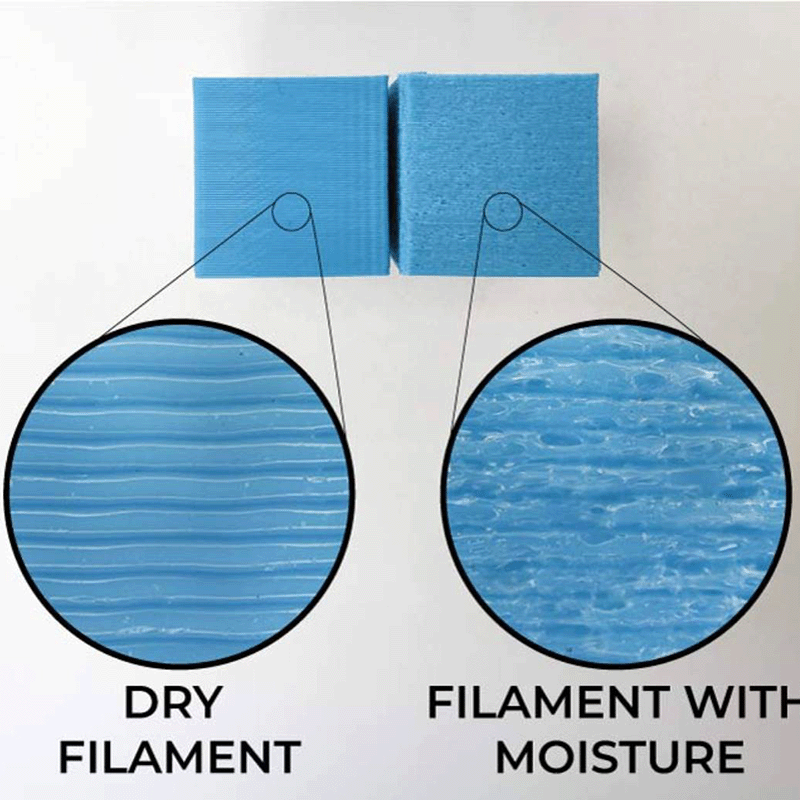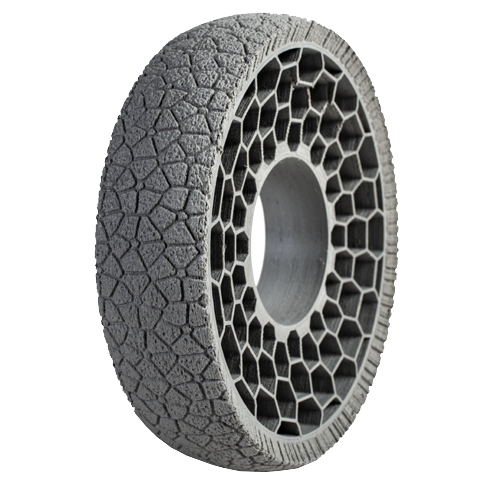3D printing has revolutionized the way we create objects, allowing us to turn digital designs into physical reality. But did you know that there are different types of 3D printers? Each type has its own unique features and capabilities, making it important to understand the differences before investing in one. In this blog post, we will explore the different types of 3D printers and their applications.
Fused Deposition Modeling (FDM)
FDM is the most common type of 3D printing technology. It works by melting a plastic filament and extruding it layer by layer to create the object. FDM printers are affordable, easy to use, and versatile. They are suitable for a wide range of applications, from prototyping to manufacturing functional parts.
Stereolithography (SLA)
SLA printers use a liquid resin that is cured by a UV laser to create the object. This technology offers high precision and smooth surface finish, making it ideal for creating detailed models, jewelry, and dental applications. However, SLA printers are generally more expensive and require more post-processing.
Selective Laser Sintering (SLS)
SLS printers use a laser to selectively fuse powdered materials, such as nylon or metal, to create the object. This technology allows for the production of complex geometries and functional parts. SLS printers are commonly used in industries like aerospace and automotive, where high strength and durability are required.
Digital Light Processing (DLP)
DLP printers are similar to SLA printers, but instead of using a laser, they use a digital light projector to cure the resin. This technology offers fast printing speeds and high resolution. DLP printers are often used in the dental and jewelry industries, where precision and speed are crucial.
Binder Jetting
Binder Jetting printers use a liquid binder to selectively bond powdered materials, such as metal or sand, layer by layer. This technology is commonly used in the production of metal parts, as it allows for complex geometries and high productivity. However, the final parts may require additional post-processing to achieve the desired properties.
These are just a few examples of the different types of 3D printers available in the market. Each type has its own strengths and weaknesses, so it's important to consider your specific needs and applications before making a decision. Whether you're a hobbyist, a designer, or an engineer, there's a 3D printer out there that can bring your ideas to life.



